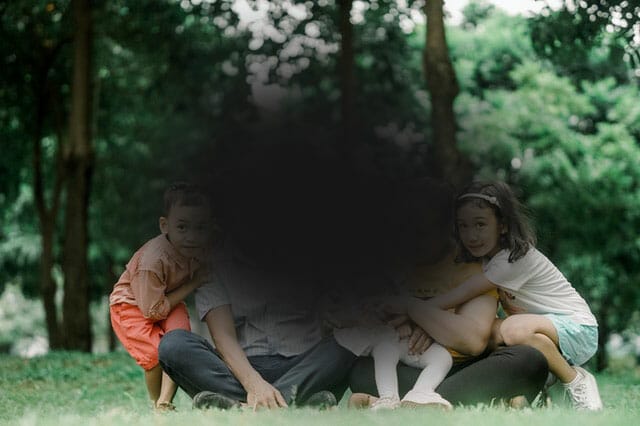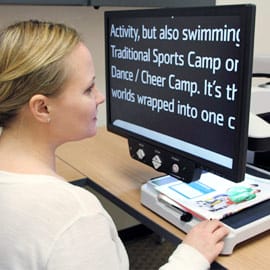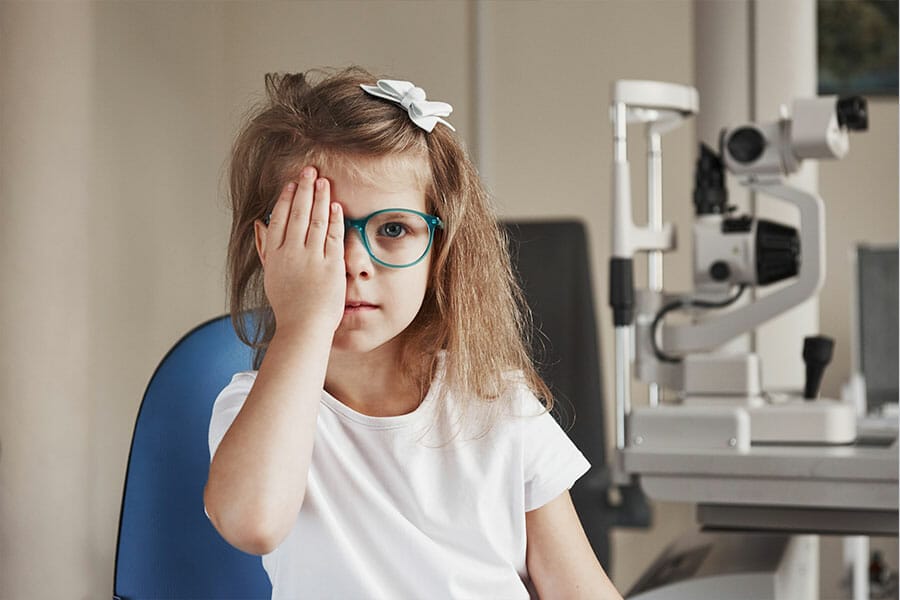Treatment and management
While there is no cure for this disease, there are ways to slow the loss of vision and help you perform daily tasks and engage in social activities.
Clinical trials and experimental procedures
There are multiple clinical trials underway that are exploring options to treat juvenile retinoschisis. Many are utilizing cutting edge methods of gene therapy. For example, a National Eye Institute funded study explored the use of gene therapy by introducing a healthy RS1 gene into the cells of the eye to see if this improves the production of healthy retinoschisin in the eyes. The trial explored placing the gene in a non-disease-causing virus.
Management through low vision eye exams
Long-term monitoring is required for patients with X-linked juvenile retinoschisis. The disease often progresses rapidly in childhood, so a child should be monitored frequently. In the teenage years to middle age, the disease usually stabilizes, at which point annual dilated fundoscopy exams are adequate. Those who are older are at higher risk for progression, vitreous hemorrhage, and retinal detachment. These patients should be closely monitored and/or treated. Annual exams with your low vision optometrist will ensure that you are maximizing your remaining vision and up to date on the latest developments that can improve your vision and life.
Avoid sports
In patients with X-linked juvenile retinoschisis, it is suggested to avoid contact sports and other activities that can cause a hard blow to the head. By doing this, you minimize the risk of retinal detachment or eye bleeding.
Surgery
Surgery is rarely effective in treating X-linked juvenile retinoschisis because the disease only affects the inner layers of the retina. The surgery, however, may be of help to patients with complete retinal detachment.
















